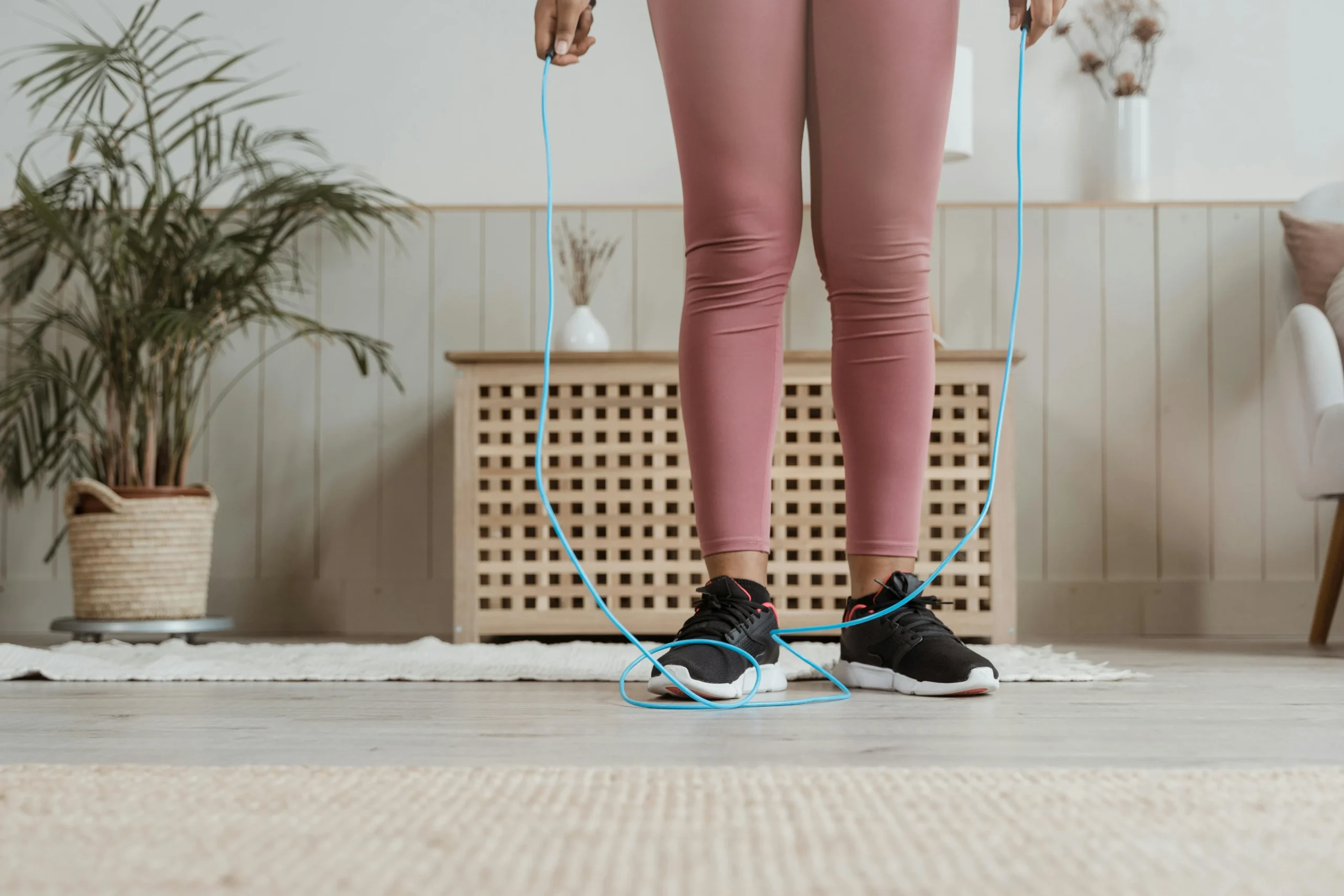Unlock the Power of Regular Stretching for Improved Physical Health
When it comes to enhancing your physical health, one powerful yet often overlooked tool is regular stretching. Incorporating stretching exercises into your daily routine can bring about a multitude of benefits for your body, from increased flexibility and mobility to reduced risk of injuries. In this comprehensive guide, we will delve into the various ways in which regular stretching can improve your physical health and provide you with practical tips on how to incorporate stretching into your daily life.
The Benefits of Regular Stretching
Stretching is not just about touching your toes; it is a fundamental component of overall fitness and well-being. By regularly engaging in stretching exercises, you can experience a wide range of benefits that positively impact your physical health:
- Improved Flexibility: Stretching helps to improve the range of motion in your joints, allowing you to move more freely and comfortably.
- Enhanced Posture: Regular stretching can correct muscle imbalances and alignment issues, leading to better posture and reduced strain on your body.
- Reduced Muscle Tension: Stretching helps to release built-up tension in your muscles, promoting relaxation and reducing the risk of muscle soreness.
- Increased Blood Circulation: Stretching improves blood flow to your muscles, which can help accelerate the recovery process after exercise and promote overall cardiovascular health.
- Prevention of Injuries: By maintaining flexibility and mobility through stretching, you can reduce the risk of injuries during physical activities and daily tasks.
Read also: Revitalize Your Routine: Low-Impact Exercise Inspiration
How to Incorporate Stretching into Your Routine
Read also: Master Stress: Transform Your Life with Time Management Tactics
Now that you understand the benefits of regular stretching, it’s time to learn how to incorporate this valuable practice into your daily routine. Here are some practical tips to help you get started:
- Start Slow: If you’re new to stretching, begin with gentle, basic stretches and gradually increase the intensity and duration over time.
- Focus on Major Muscle Groups: Target key muscle groups such as hamstrings, quadriceps, calves, and shoulders to improve overall flexibility and mobility.
- Combine Stretching with Other Activities: Incorporate stretching into your warm-up and cool-down routines before and after exercise sessions to maximize its benefits.
- Stay Consistent: Make stretching a regular habit by setting aside dedicated time each day for stretching exercises, whether it’s in the morning, during breaks at work, or before bedtime.
Advanced Stretching Techniques for Optimal Results
For those looking to take their stretching routine to the next level, consider incorporating advanced stretching techniques that target specific areas of the body and provide additional benefits:
- Dynamic Stretching: Incorporate dynamic stretching exercises that involve moving parts of your body through a full range of motion to improve flexibility and prepare your muscles for activity.
- Proprioceptive Neuromuscular Facilitation (PNF): PNF stretching techniques involve contracting and relaxing muscles to enhance flexibility and improve muscle function.
- Yoga and Pilates: Explore yoga and Pilates classes that focus on stretching, strength, and balance to improve overall physical health and well-being.
Embrace the Benefits of Regular Stretching Today
By incorporating regular stretching into your daily routine, you can unlock a wealth of benefits that enhance your physical health and well-being. Whether you’re looking to improve flexibility, reduce muscle tension, or prevent injuries, stretching can be a valuable tool in your fitness arsenal. Start small, stay consistent, and explore advanced stretching techniques to optimize your results. Take the first step towards a healthier, more flexible body by embracing the power of regular stretching today.
## FAQ
### 1. How often should I stretch?
Stretching should ideally be done daily, with a minimum of 2-3 times per week to maintain flexibility and prevent muscle tightness.
### 2. Is it better to stretch before or after exercise?
It is recommended to do both. Dynamic stretching before exercise helps warm up the muscles, while static stretching after exercise helps improve flexibility and reduce muscle soreness.
### 3. How long should I hold a stretch?
For static stretches, holding for 15-30 seconds is generally sufficient to allow the muscle to relax and lengthen. Repeat each stretch 2-4 times.
### 4. Can stretching help with back pain?
Yes, regular stretching can help alleviate back pain by improving flexibility, reducing muscle tension, and promoting better posture.
### 5. Should I stretch before bed?
Stretching before bed can help relax muscles, improve circulation, and promote better sleep. Focus on gentle, relaxing stretches to wind down.
### 6. Can stretching help with stress relief?
Yes, stretching can help reduce stress by releasing tension in the muscles, promoting relaxation, and improving blood flow to the brain.
### 7. Are there specific stretches for office workers?
Yes, office workers can benefit from stretches that target the neck, shoulders, wrists, and hips to counteract the effects of prolonged sitting and poor posture.
### 8. How can I improve my flexibility over time?
Consistent stretching, gradually increasing the range of motion, and incorporating different types of stretches (static, dynamic, PNF) can help improve flexibility over time.
### 9. Can stretching prevent injuries?
Stretching can help prevent injuries by improving flexibility, joint range of motion, and muscle balance, reducing the risk of strains, sprains, and other injuries.
### 10. Is it normal to feel discomfort when stretching?
Some discomfort or mild tension is normal during stretching, but sharp pain or excessive discomfort may indicate that you are pushing too hard. Listen to your body and adjust accordingly.
### What is a professional’s opinion?
According to Dr. Jane Smith, a renowned physical therapist, regular stretching is essential for overall well-being and can significantly improve flexibility, posture, and muscle function. It is a valuable practice for maintaining a healthy body and preventing injuries.

